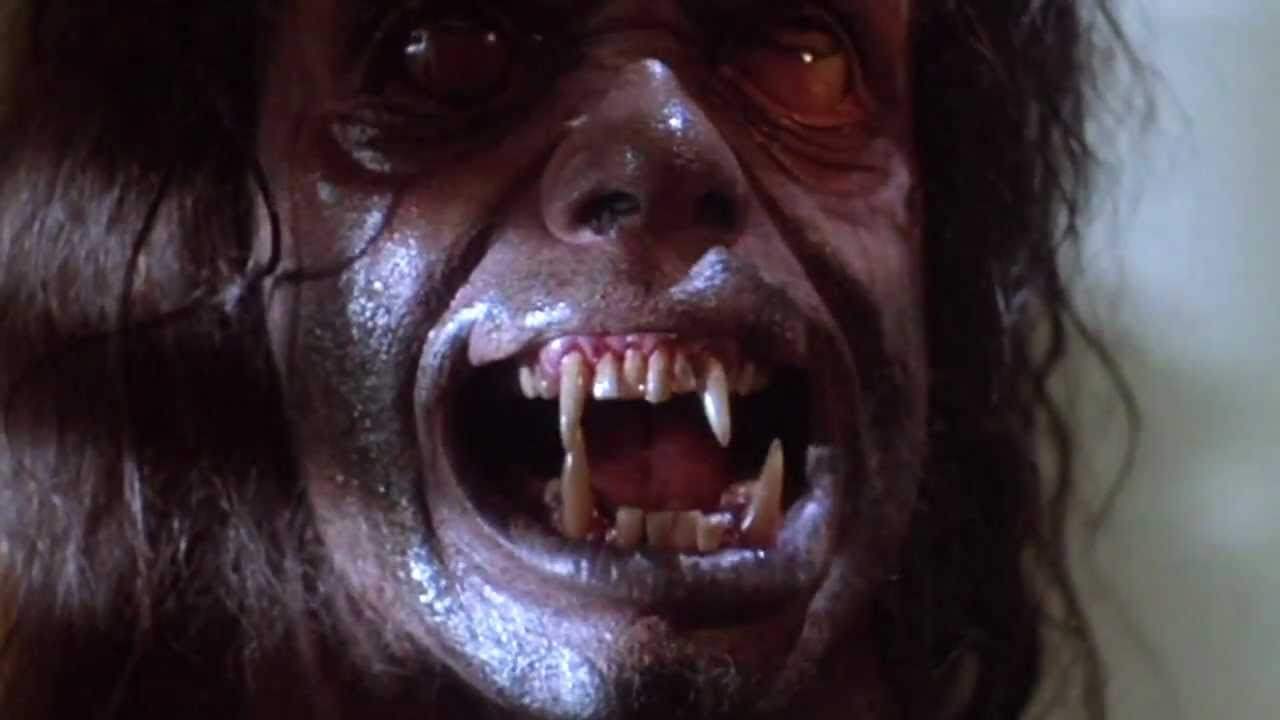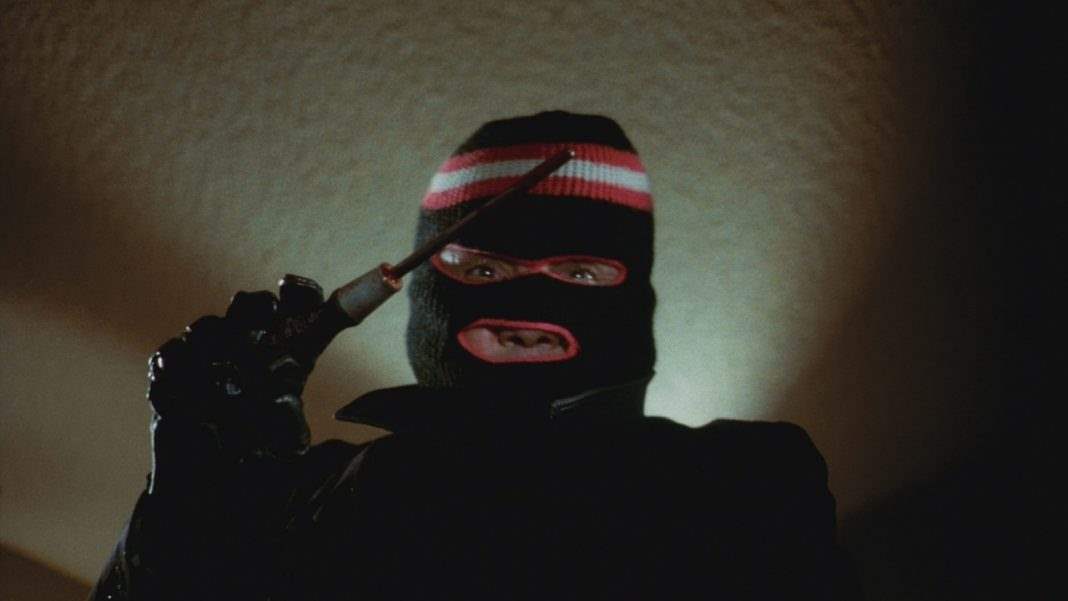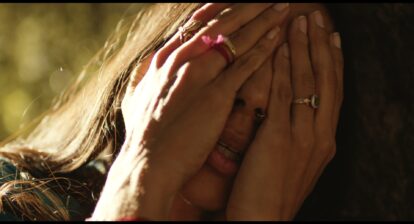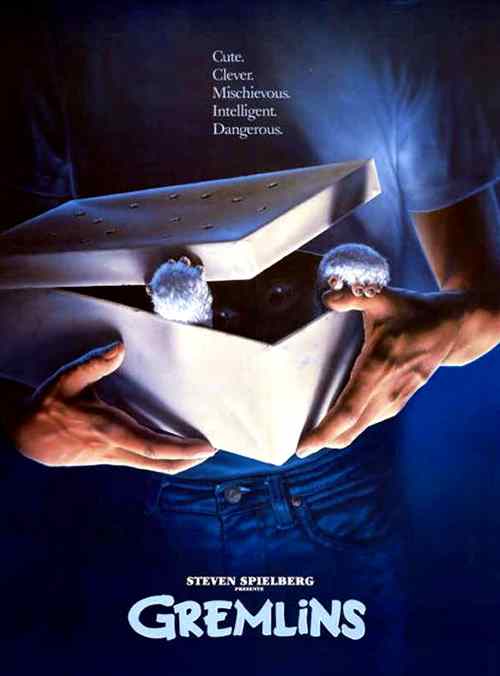[soliloquy id=”17249″]
Horror anthology films were very successful in the 1980’s in a way that they have not since been, unfortunately. Some of the best of the sub-genre came about during this period. Creepshow is one of the best from the anthology cannon and its sequel is quite effective as well. Tales from the Darkside: The Movie is another largely underrated but effective anthology effort. There was some attempt to resurrect the formula with Trick ‘r Treat, but the mishandling of that film’s release meant it would take years to build the audience it deserved.
Despite being based on one of the most famous television series of all time, Twilight Zone: The Movie is not as fondly remembered or discussed, despite the great acting and directorial talent that went into it. Each of the segments in the film adapts a classic episode of the television show and each has a different director, including the likes of Joe Dante, John Landis George Miller and Steven Spielberg.
Unfortunately, when Twilight Zone: The Movie is discussed it’s usually in regards to one thing: the tragic on-set accident that caused the deaths of three people. It’s something that’s been endlessly debated in the decades since. Whether or not John Landis should have been sent to prison or should be thrown out of Hollywood because of what happened is not something I’ll be looking into here.
Instead, I’ll be pointing out the merits of the film itself, which are plentiful. Twilight Zone is a well-cast, smart adaptation of four stories that shows how original and imaginative the show could be when it was at its best. We start of with one of the most perfect cold opens of any horror movie, ever. Dan Aykroyd and Albert Brooks play a driver and his passenger getting to know each other on a long and desolate stretch of highway. They sing along with the radio, try and start naming TV theme tunes, and then their conversation turns toward The Twilight Zone. It’s more meta than most fare in the early 1980’s. The line “You wanna see something really scary?” can still invoke chills.
The first story, titled “Time Out,” is the film’s only original segment. It is, in a sense, a look at racism through the ages. It also points out how much bigotry and hatred don’t really change over time. It’s about a racist old man going on a rant in a bar, attracting the attention of everyone, making the whole place feel uncomfortable. When he leaves he finds himself going through multiple horrific events throughout history. First, he’s a Jew during the Nazi blitzkrieg. Then, he is a black man about to be strung up by the Ku Klux Klan. Then, a Vietnamese soldier during the Vietnam war. It may be the only original piece, but it feels like an extention of the show, almost as if this is the sort of story the original series would tell if it had somehow lasted into the 1980’s. It makes a point, it teaches a lesson and its as topical as the original episodes were to their day. It’s socio-political themes make it somewhat of a Reagan-era counterpart to “The Monsters are Due on Maple Street.”
Steven Spielberg’s “Kick the Can” is the odd man out in this movie. While “Time Out” deals with a broader range of horror, this one doesn’t really deal with horror at all. But in other ways it is the most important segment. It is, after all, based on an episode of the original series and only goes to prove how versatile The Twilight Zone could be. The movie is first and foremost about honoring every aspect of the show, so “Kick the Can” definitely earns its place. This one is a sentimental episode about a nursing home where a new arrival (Scatman Crothers) gives the residents a chance to recapture their youth by turning them into children for a night.
Joe Dante’s segment speaks to his trademark style. All of Dante’s films reference the Warner Bros. Looney Tunes cartoons in one way or another. This one is the most overt. It’s about a little boy who can bend reality to his will. He lures people into his house and never lets them leave so that they can be his new family. He loves cartoons and wants to turn his life into one. This one boasts great effects and it’s Dante’s trademark style that helps it stand apart from the others.
The final segment, from Mad Max director George Miller, is based on one of the most famous Twilight Zone episodes ever. “Nightmare at 20,000 Feet” has a brutally simple but extremely effective premise. A man who is terrified of flying and already nervous sees something crawling along the wing of the plane and only he can see it. Of the stories, this one is the most overtly horrific, always moving in the direction of sheer terror. The effects are updated to an imaginative, slimy creature design that is sure to invoke nightmares.
Twilight Zone: The Movie succeeds in an area where most anthology films fail: the stories are balanced and different. Each one has its own strengths. For this reason above all others the feature deserves a larger audience than it has. Sadly, it’s one of those movies that will always be doomed to be known only for the tragedy that surrounded it production and not its own merit.





